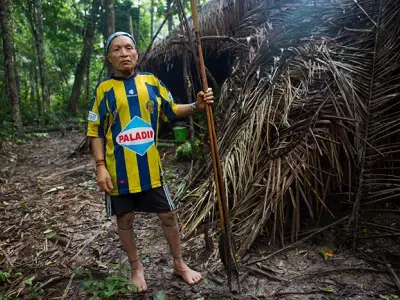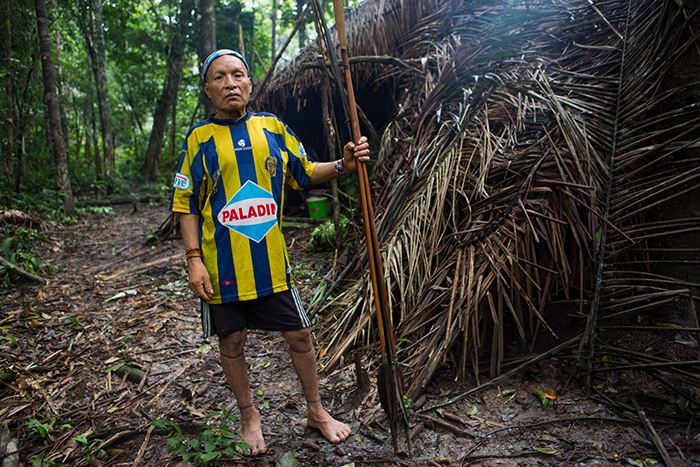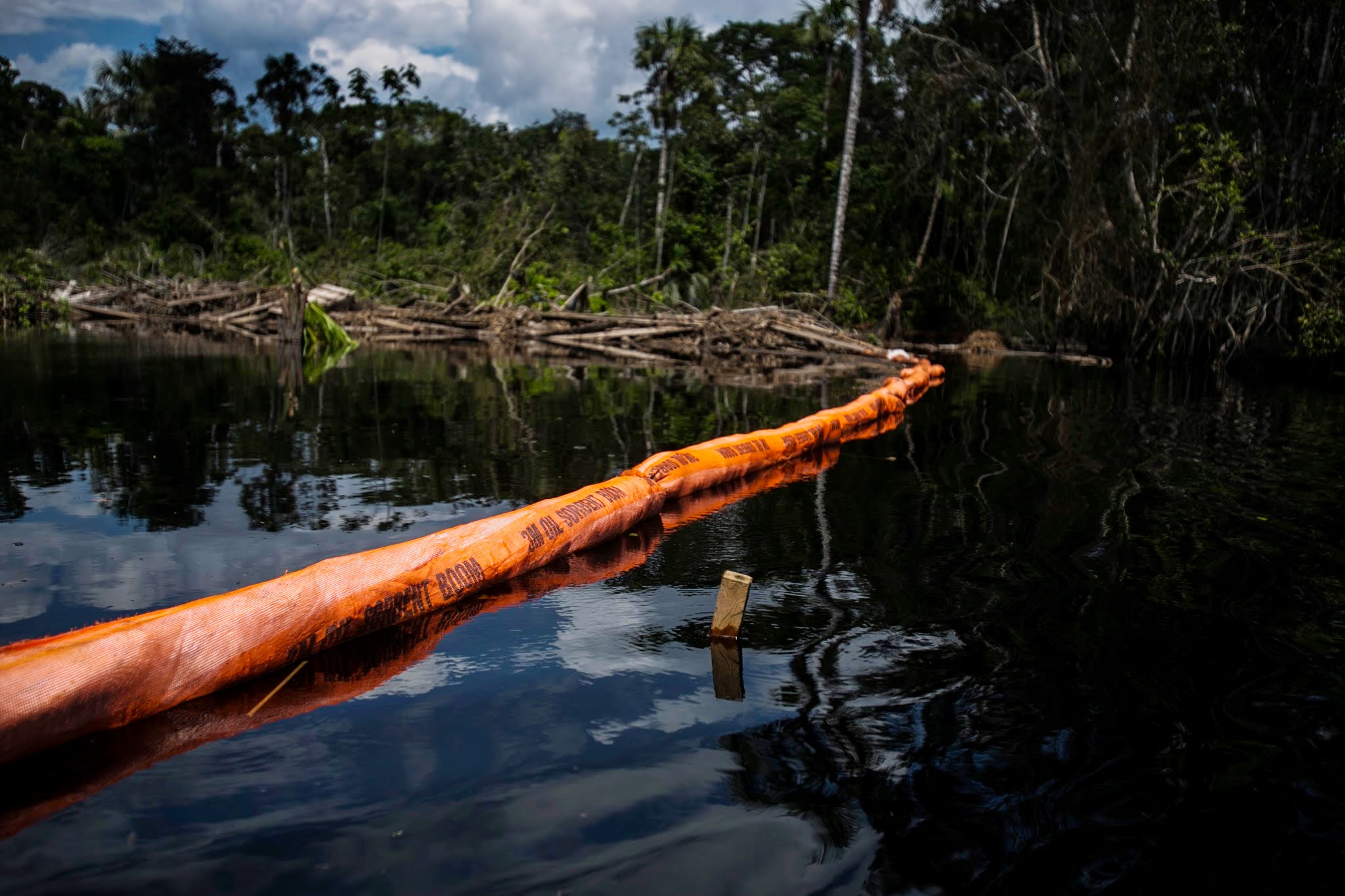Lesson Plan July 29, 2015
Native Communities in the Peruvian Amazon: Presenting Contradicting Arguments
Country:
Grades:
Questions for “From Deep in Peru’s Rainforests, Isolated People Emerge”
- What evidence is there that native peoples from the Amazon forest are starting to emerge?
- How do the villagers feel about the emergence of tribes from the Amazon forest?
- What do anthropologists fear about making contact with forest communities?
- What is the opinion of officials in Lima about the forest communities?
- How many people are estimated to be living in forest communities?
- What was the impact of previous forest community interactions with the outside world?
- How are the village communities related to the forest communities?
*Note: If you are running out of time, you can skip the story of Epa and save reading that until after class. You can skip from the line “MALOCA! Says UAC’s Fagan” to the paragraph that begins “Some villagers and even government foresters lack the dozen or so vaccinations recommended to protect isolated peoples, says reserve chief Solano.”
- What is the challenge with bringing healthcare to forest communities?
Questions for “Peru: Counting the Invisibles”
- True/False- Oil mining is permitted in national parks?
- Why are anthropologists hesitant to enter the Amazon forest communities?
- What would be the impact of drilling in the Amazon?
- How do anthropologists determine if a community is present in isolated areas in Peru?
- What are the two opinions presented in the article?
- Track the order of Lawler’s article, which interview does he present first, then how does he contradict that interview and then how does he resolve?
- What do you think is Lawler’s goal in presenting two arguments?

Objective:
Students will be able to identify how contrasting arguments are developed and presented in articles covering native Amazonian populations in Peru.
Warm-up:
Poll the class on the following. (Or consider on your own)
- Which is more important, longer summer or longer school breaks? (Circle one and be prepared to explain why)
- Discuss with a partner or with the class.
- If you see a person with a sign asking for money, do you give them money or offer to buy them food? (Circle one and be prepared to explain why)
- Discuss with a partner or with the class.
- Discuss the following scenario in pairs, and then be prepared to share what you come up with:
- If a government has a native community in need of resources, should they go into the community to help and potentially disrupt their lifestyle (faster), or do they try to find ways to help that wouldn't directly interact with the community (takes longer)? What's the ideal plan and why?
Introducing the Lesson:
Today's lesson will explore the work of international journalist Andrew Lawler, who is investigating the lives of natives living in the Peruvian Amazon and the country's role in supporting those communities.
Consider the following (on your own or discuss as a class):
- What is the role of a journalist?
- How does a journalist remain objective?
- Do you think it's possible for a journalist to be objective?
Today's lesson will look at how Lawler develops articles that present contradicting arguments in order to determine the impact of the articles on the reader.
To become familiar with Lawler's project, view the video "Peru: Expedition to Curanja." As you watch, consider: What is Lawler's purpose for this project?
Introducing Resource 1: "Peru: Counting the Invisibles"
1. Read the following article and answer the questions.
2. As you read keep track of the opposing viewpoints that Lawler presents.
3. After reading the article, discuss the two arguments with a partner or as a class. Consider, how does Lawler unfold the two arguments? How does he switch between arguments?
Introducing Resource 2: "From Deep in Peru's Rainforests, Isolated People Emerge"
1. Read the following article and answer the questions.
2. As you read, track the moments that Lawler presents opposing arguments.
3. After reading the article, discuss the arguments with a partner or as a class.
- Consider, what issues facing forest communities are being presented? How are opposing viewpoints about these issues addressed?
Conclusion:
Return to the challenge from the warm up: If a government has a native community in need of resources, do they go into the community to help and potentially disrupt their lifestyle (faster), or do they try to find ways to help that wouldn't directly interact with the community (takes longer). What's the ideal plan and why?
Final task: Write a short persuasive speech articulating what you think is the ideal plan for the forest communities in Peru. In your speech, be sure to address at least two opposing viewpoints from today's articles and explain why your plan would still be best despite these arguments. The speech should present a clearly articulated plan, explain the reasons the plan will work (addressing opposing viewpoints), and have a clear structure.
In the following lesson, students identify how contrasting arguments are developed and presented in articles covering native Amazonian populations in Peru. Students will also reflect on a country's responsibility to its native community and use the articles to identify potential solutions for conflicts between Peru's government and its native communities.
CCSS.ELA-Literacy.RI.8.3
Analyze how a text makes connections among and distinctions between individuals, ideas, or events (e.g., through comparisons, analogies, or categories)
Note: In addition to independent investigation of the attached resources, this lesson includes warm up and reflection exercises that are designed to be facilitated in small groups or by the instructor. However, the student instructions for this lesson can be adapted if students will be exploring these resources independently.
REPORTING FEATURED IN THIS LESSON PLAN
-
×
 English
English






